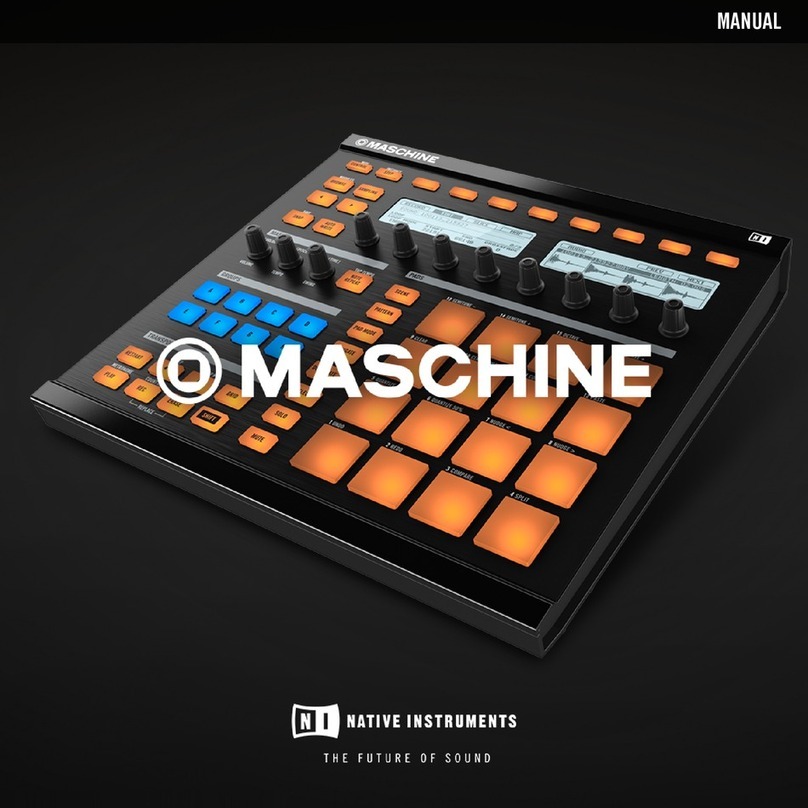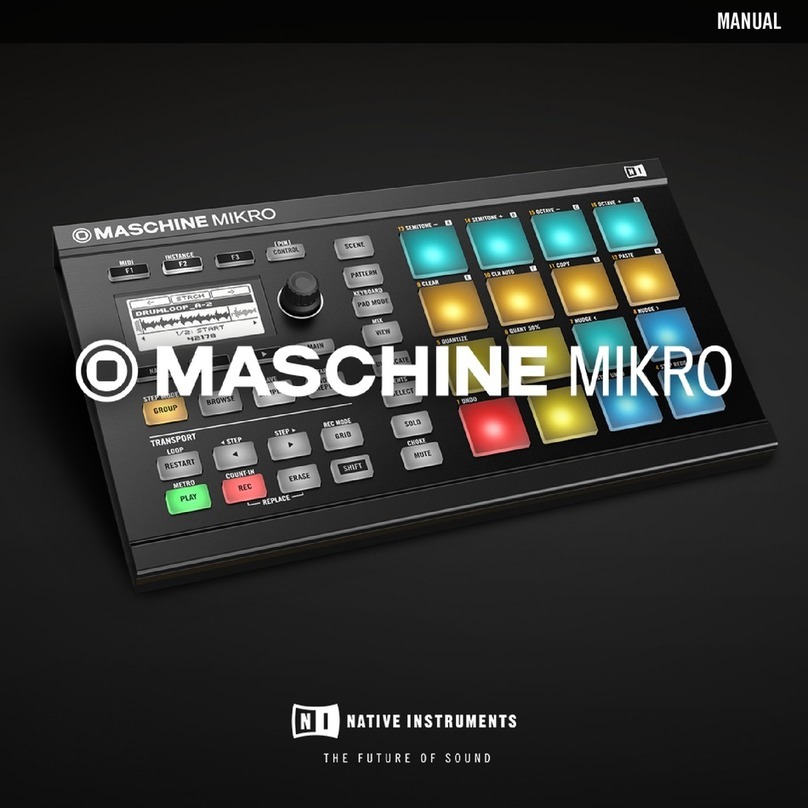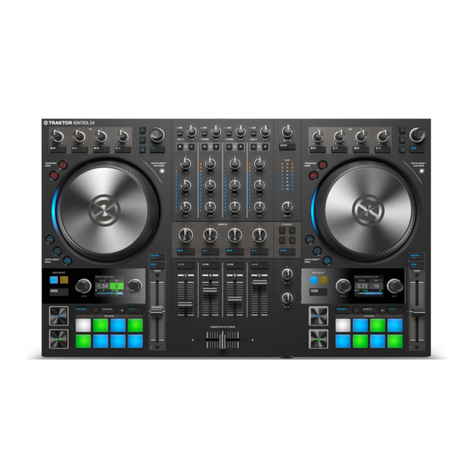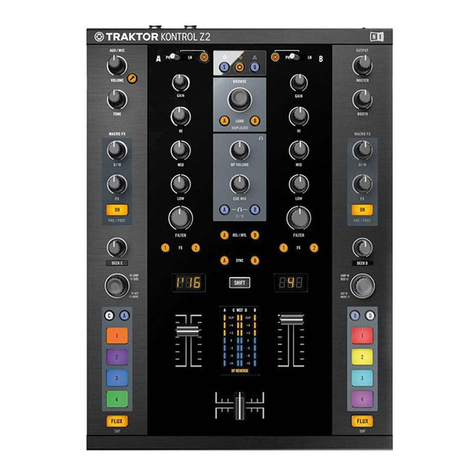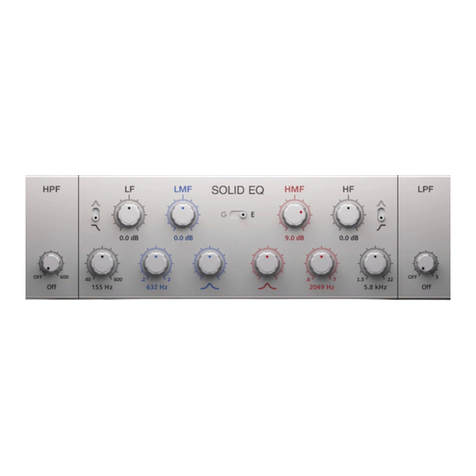
11.5.1. Solid G-EQ .............................................................................................. 36
11.5.2. 3-Band EQ .............................................................................................. 36
11.5.3. Lowpass ................................................................................................ 36
11.5.4. Highpass ............................................................................................... 37
11.5.5. Bandpass .............................................................................................. 37
11.5.6. Peak/Notch ............................................................................................ 38
11.5.7. Effect ..................................................................................................... 38
11.6. Compressor .................................................................................................... 39
11.7. TM (Transient Master) ..................................................................................... 40
12. Modulation Page ..................................................................................................... 42
12.1. LFO 1 and LFO 2 ............................................................................................. 42
12.2. Modulation Envelope ....................................................................................... 43
12.3. Modulation Slots ............................................................................................. 43
13. Setup Page ............................................................................................................. 45
13.1. MIDI Input ...................................................................................................... 45
13.2. Voice Groups .................................................................................................. 46
13.3. Cell Activation ................................................................................................. 47
13.4. Articulation ..................................................................................................... 48
13.5. MIDI Echo ....................................................................................................... 49
13.6. Humanize ....................................................................................................... 50
14. Editor Page ............................................................................................................. 51
14.1. Wave Editor .................................................................................................... 51
14.2. Loop Editor ..................................................................................................... 53
14.3. Mapping Editor ................................................................................................ 54
15. Master Page ........................................................................................................... 56
15.1. Using Buses and Master Effects ....................................................................... 56
15.2. Buses ............................................................................................................. 57
15.3. Reverb ............................................................................................................ 57
15.3.1. Convolution Mode .................................................................................. 58
15.3.2. Algorithmic Mode ................................................................................... 59
15.4. Delay .............................................................................................................. 59
15.5. Filter / EQ ....................................................................................................... 60
15.5.1. Solid G-EQ .............................................................................................. 60
15.5.2. 3-Band EQ .............................................................................................. 61
15.5.3. Lowpass ................................................................................................ 61
15.5.4. Highpass ............................................................................................... 62
15.5.5. Bandpass .............................................................................................. 62
15.5.6. Peak/Notch ............................................................................................ 62
15.5.7. Effect ..................................................................................................... 63
15.6. Compressor .................................................................................................... 64
15.7. TM (Transient Master) ..................................................................................... 65
15.8. Saturation ...................................................................................................... 66
15.9. Limiter ............................................................................................................ 66
16. Preferences ............................................................................................................ 68
16.1. General .......................................................................................................... 68
16.2. Library ............................................................................................................ 70
16.3. Engine ............................................................................................................ 70
16.4. Loading .......................................................................................................... 72
